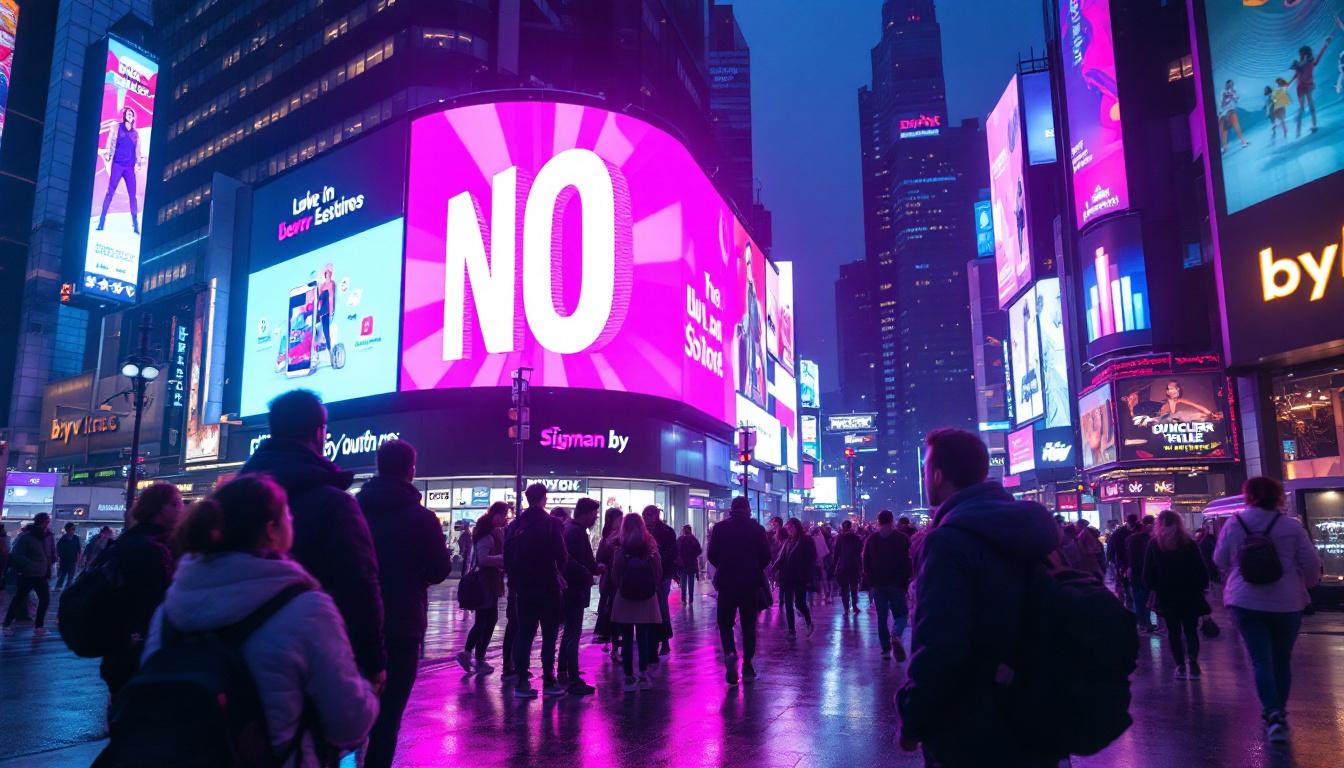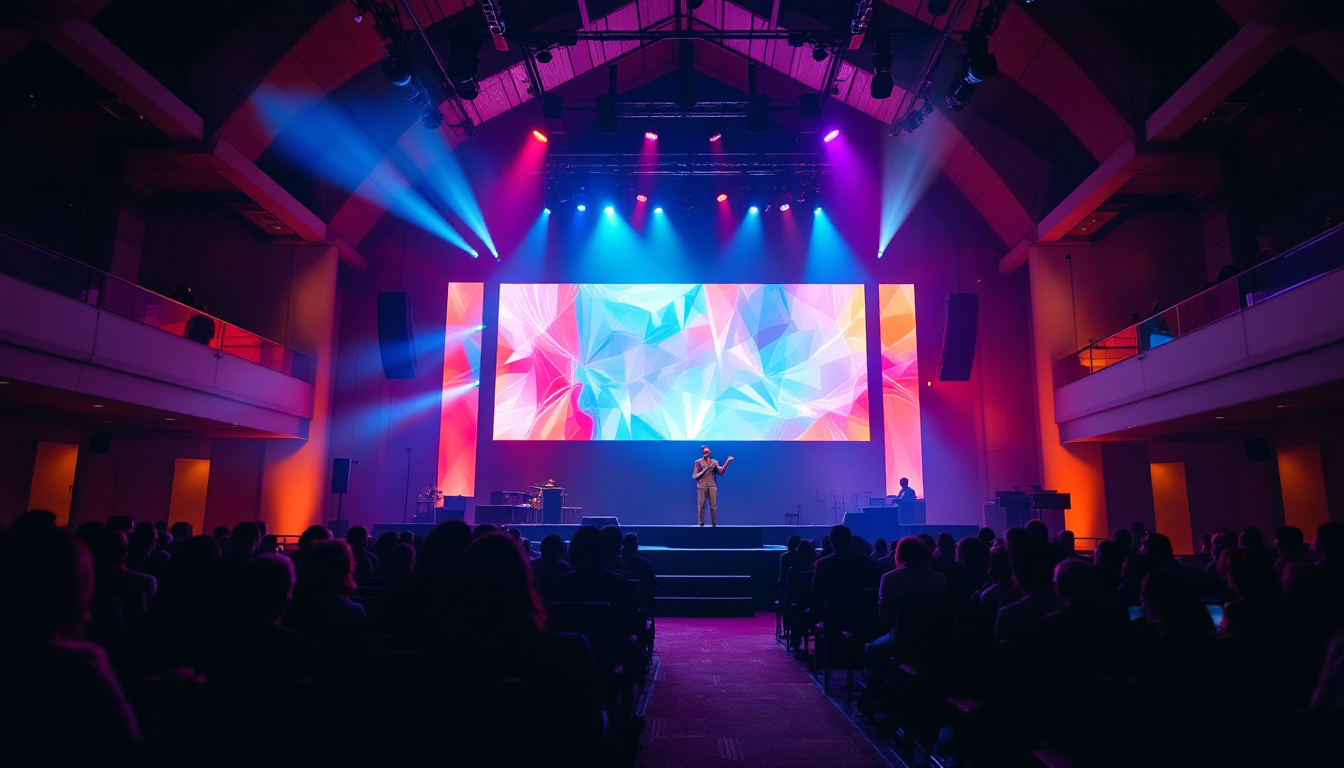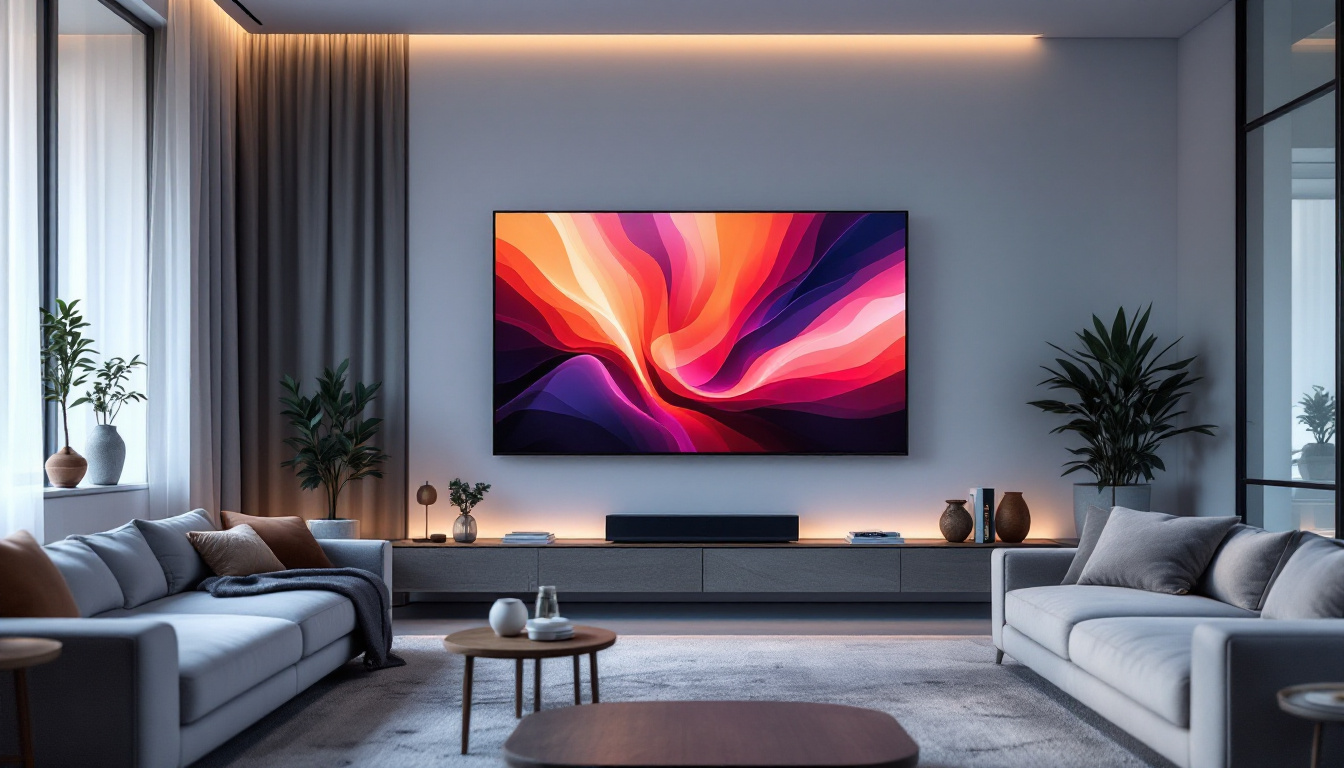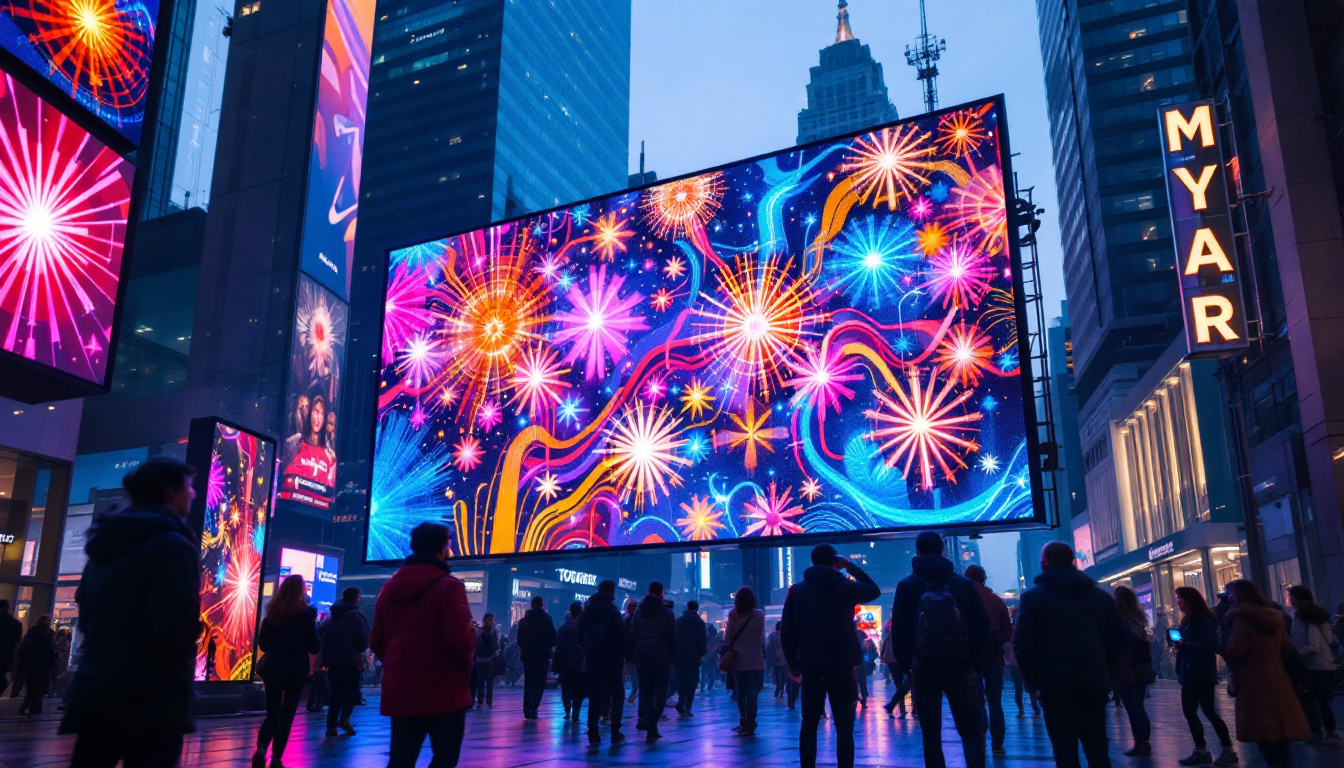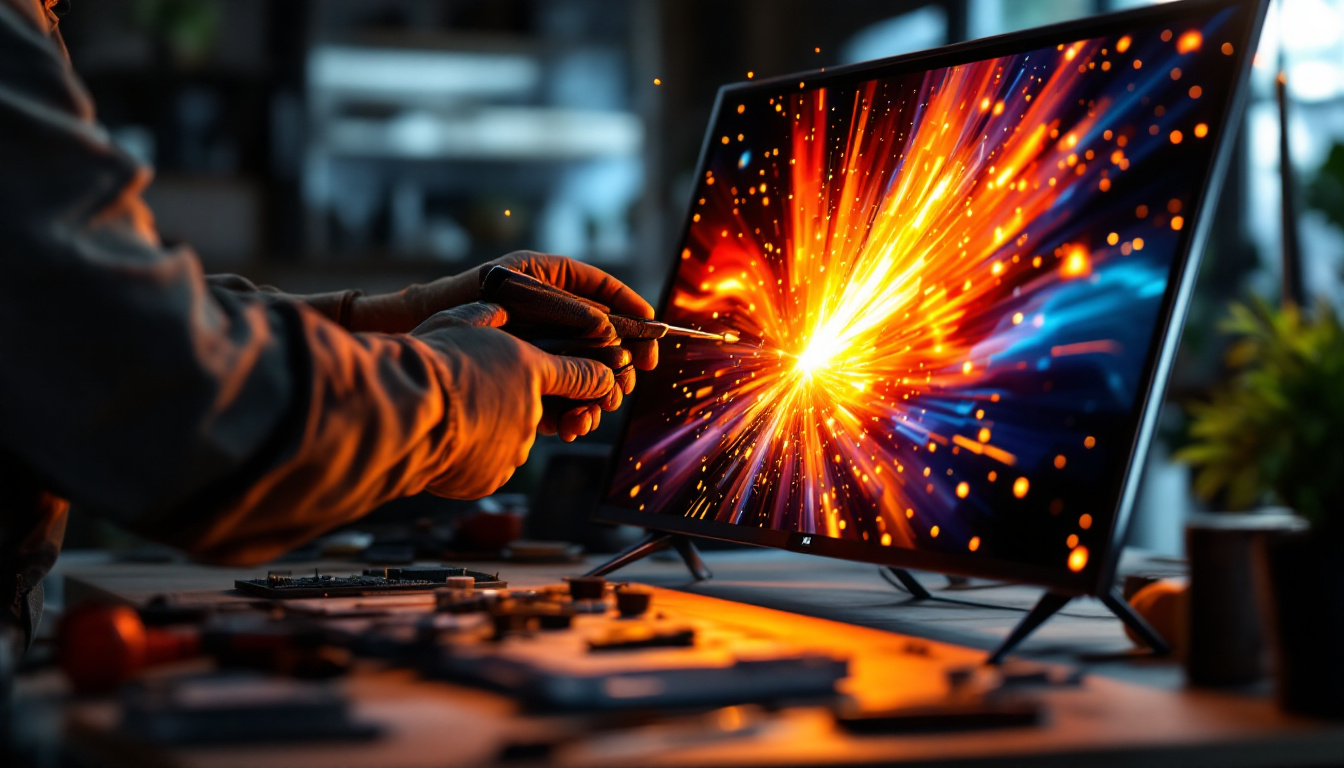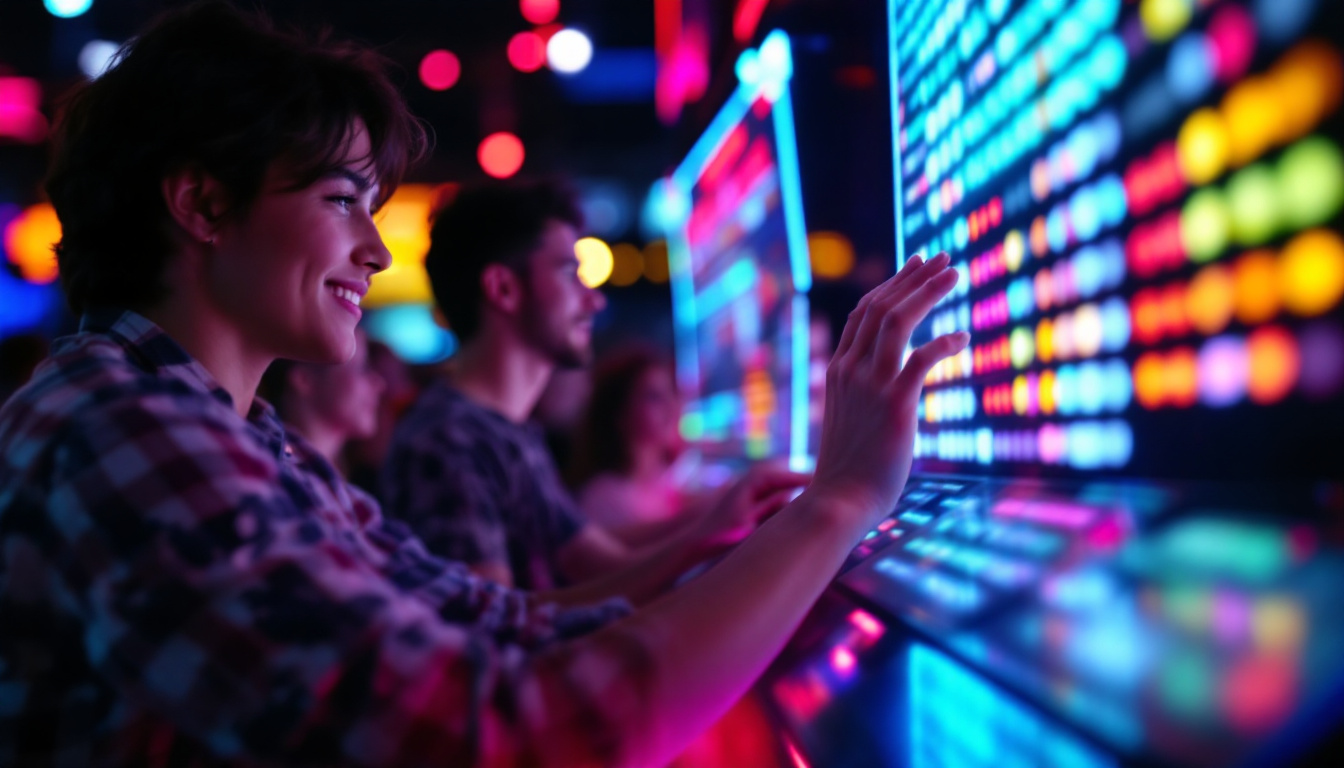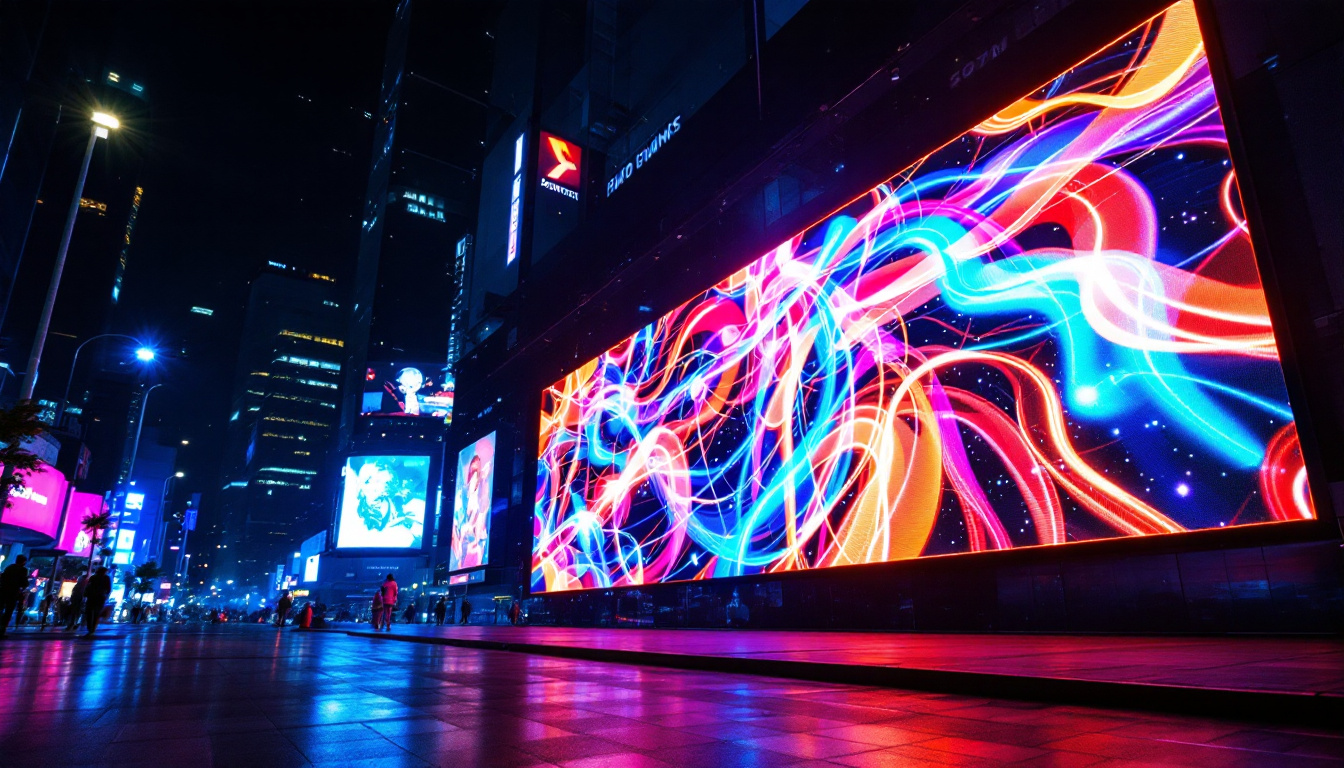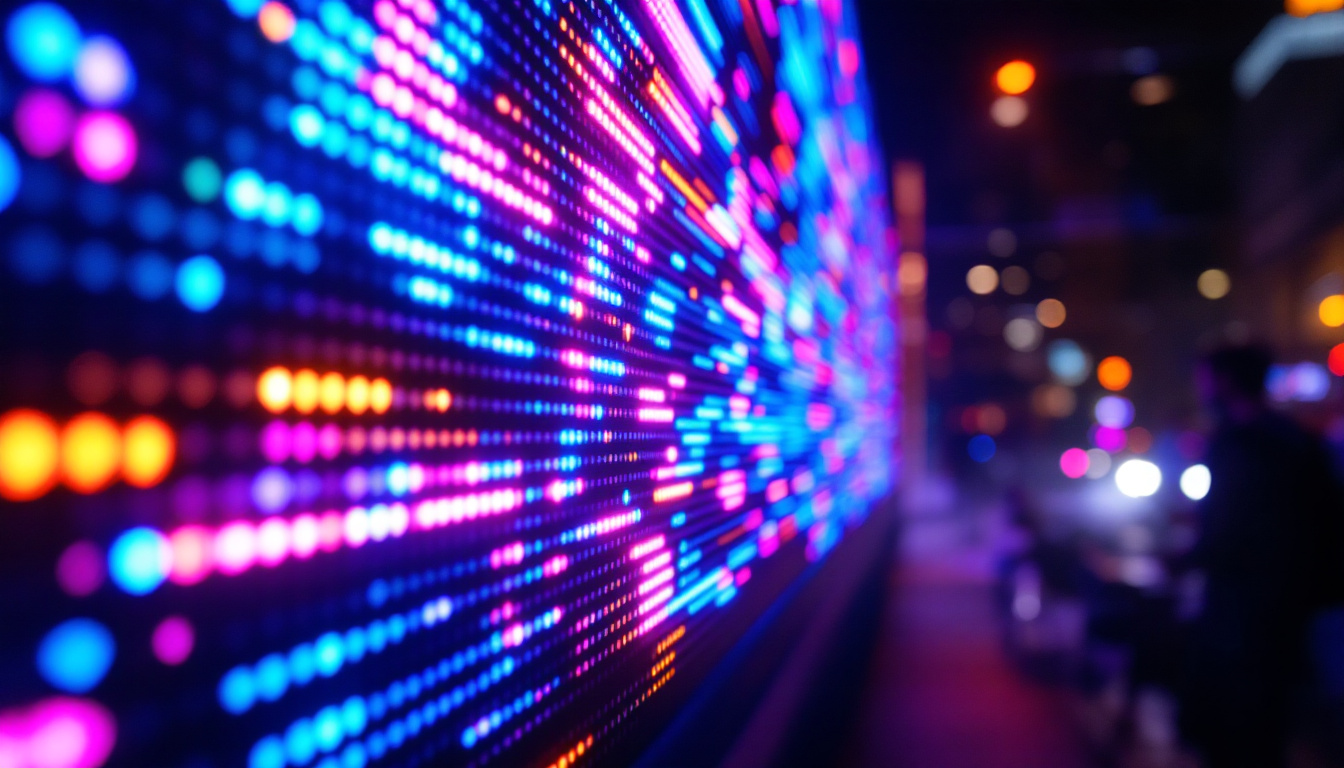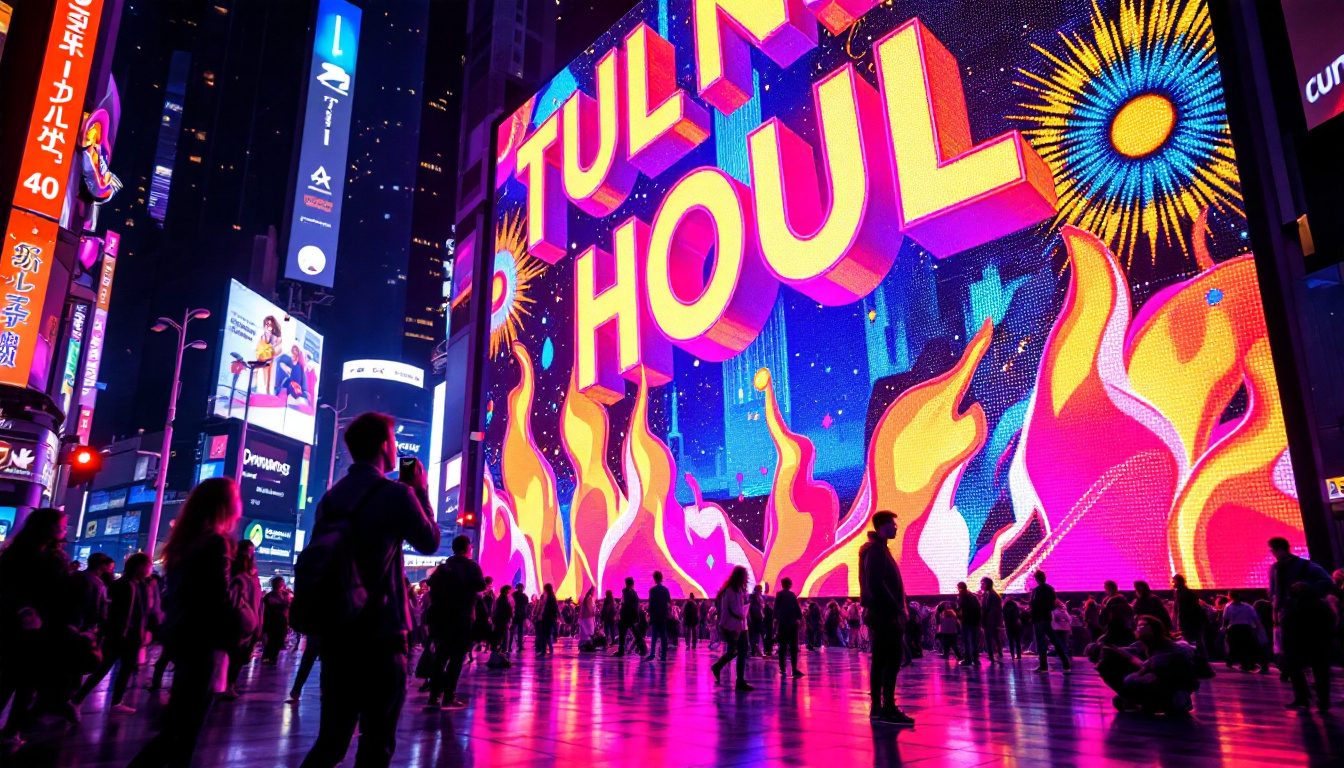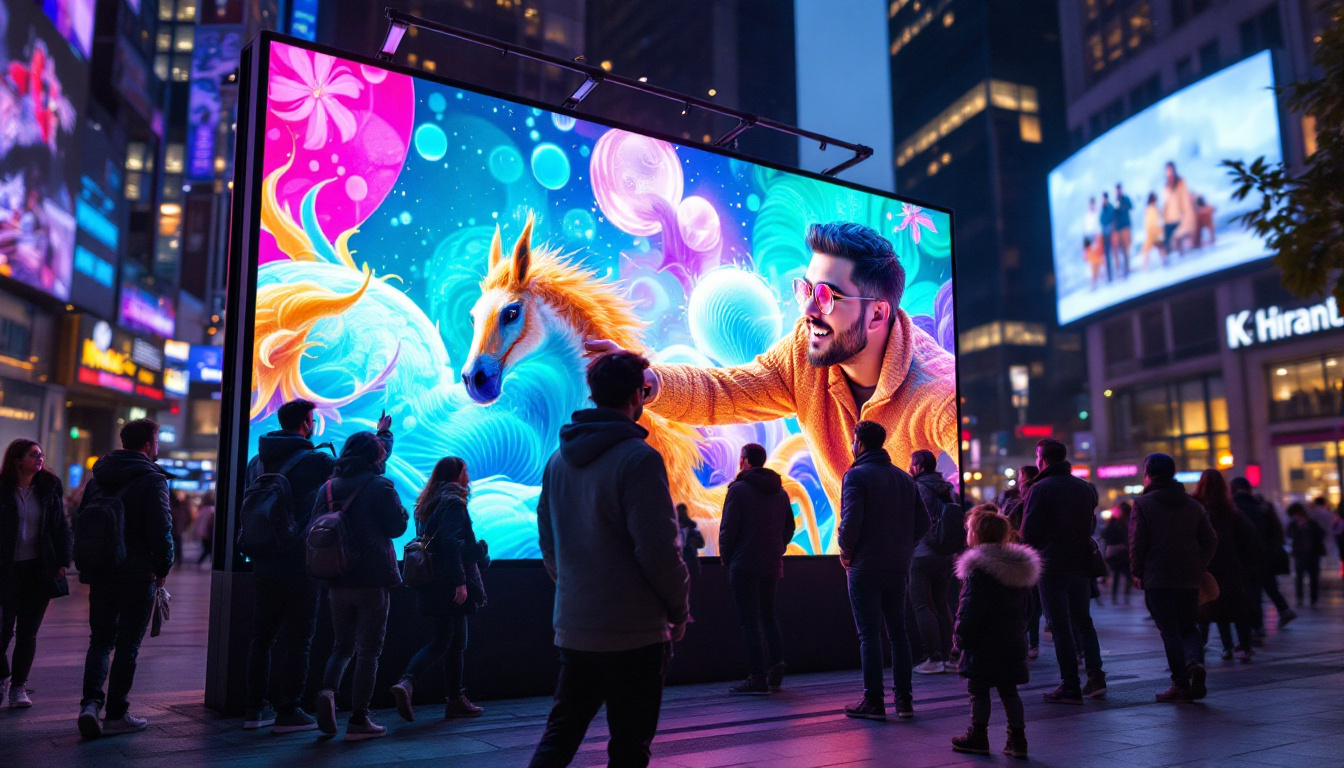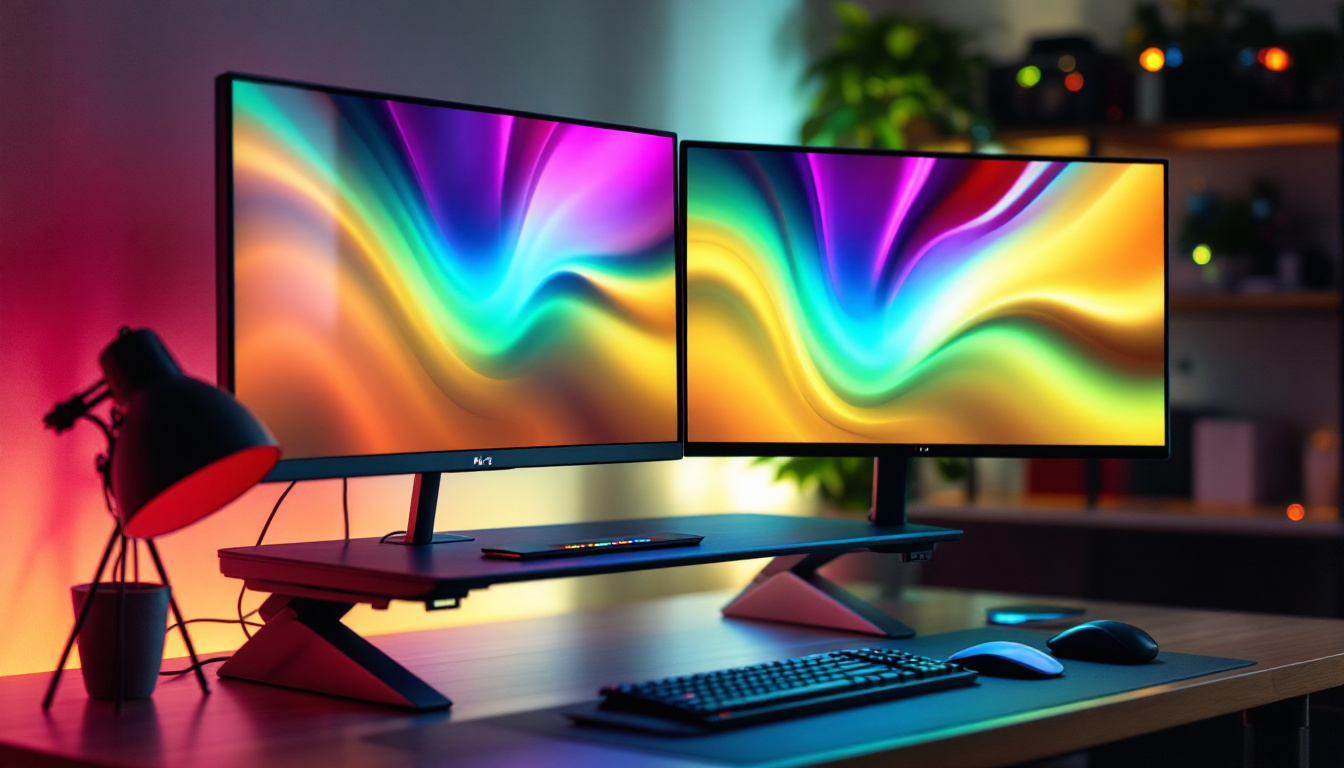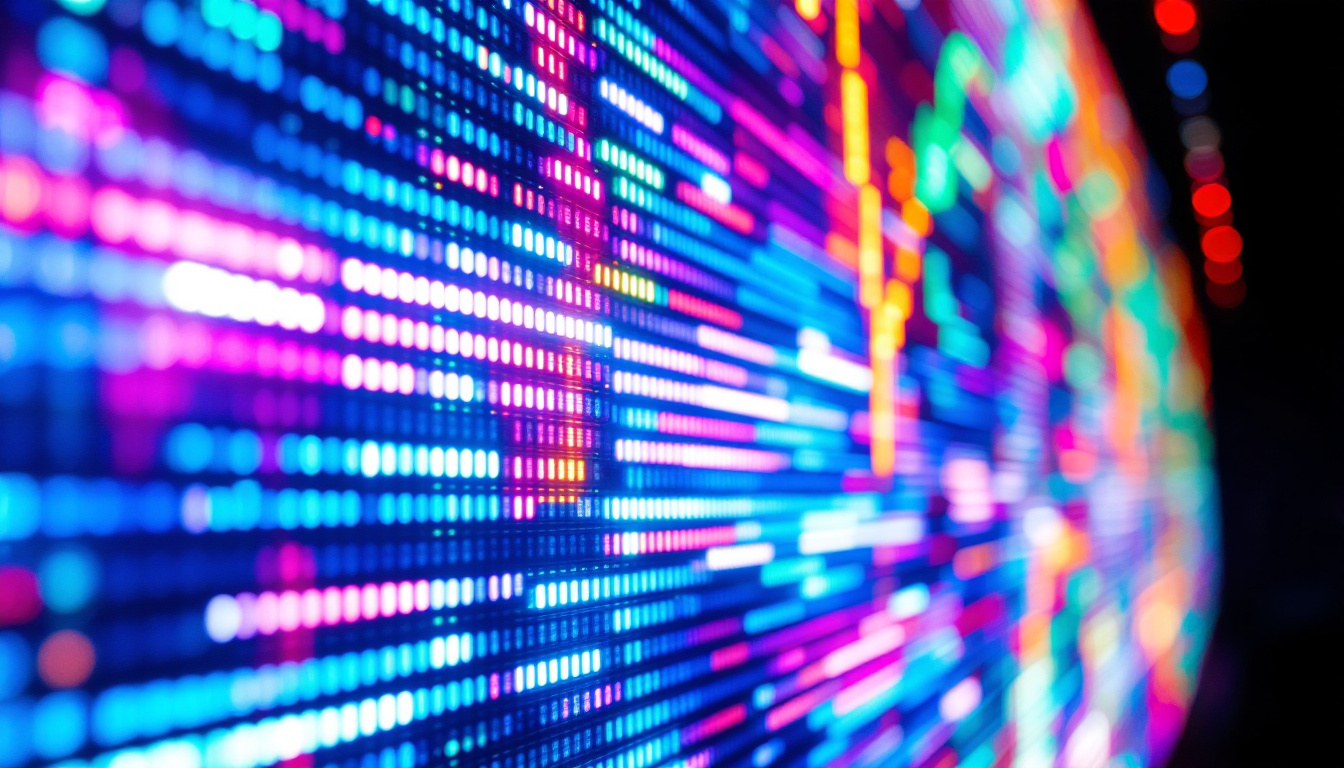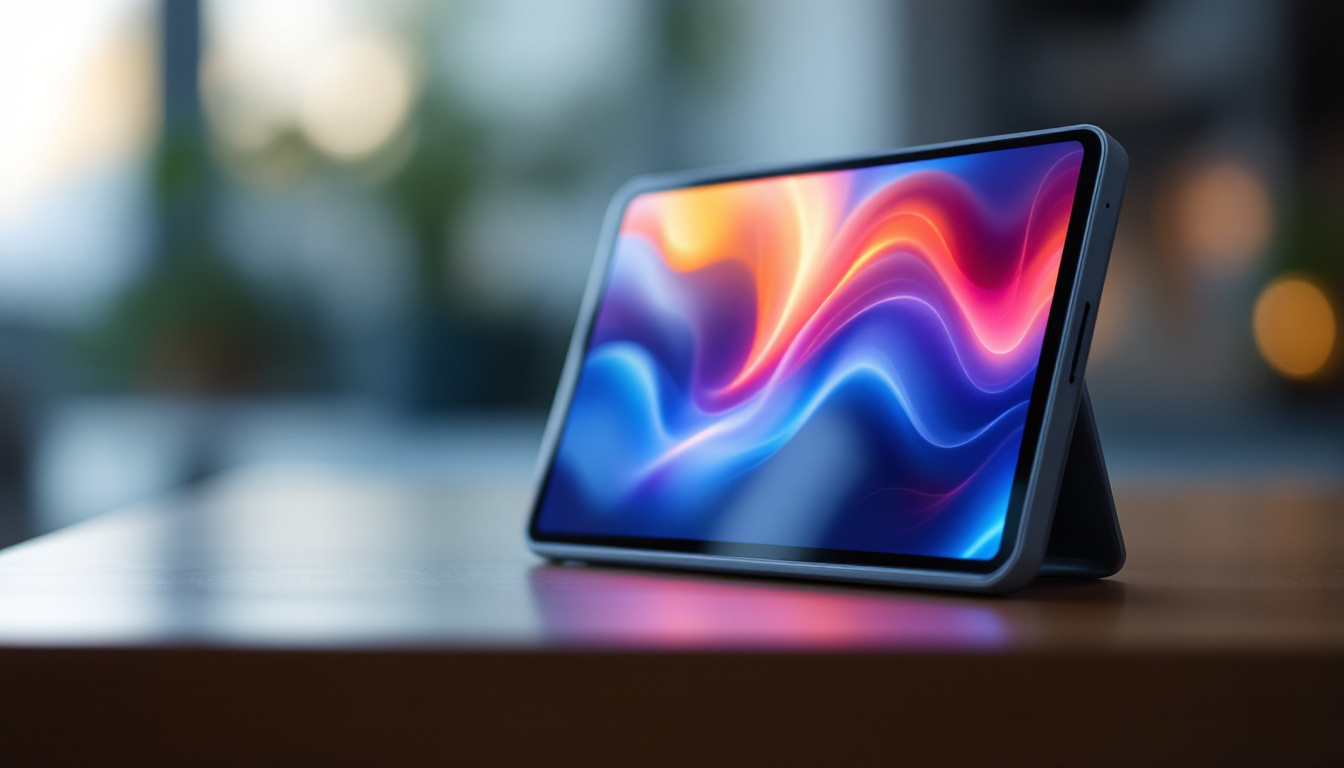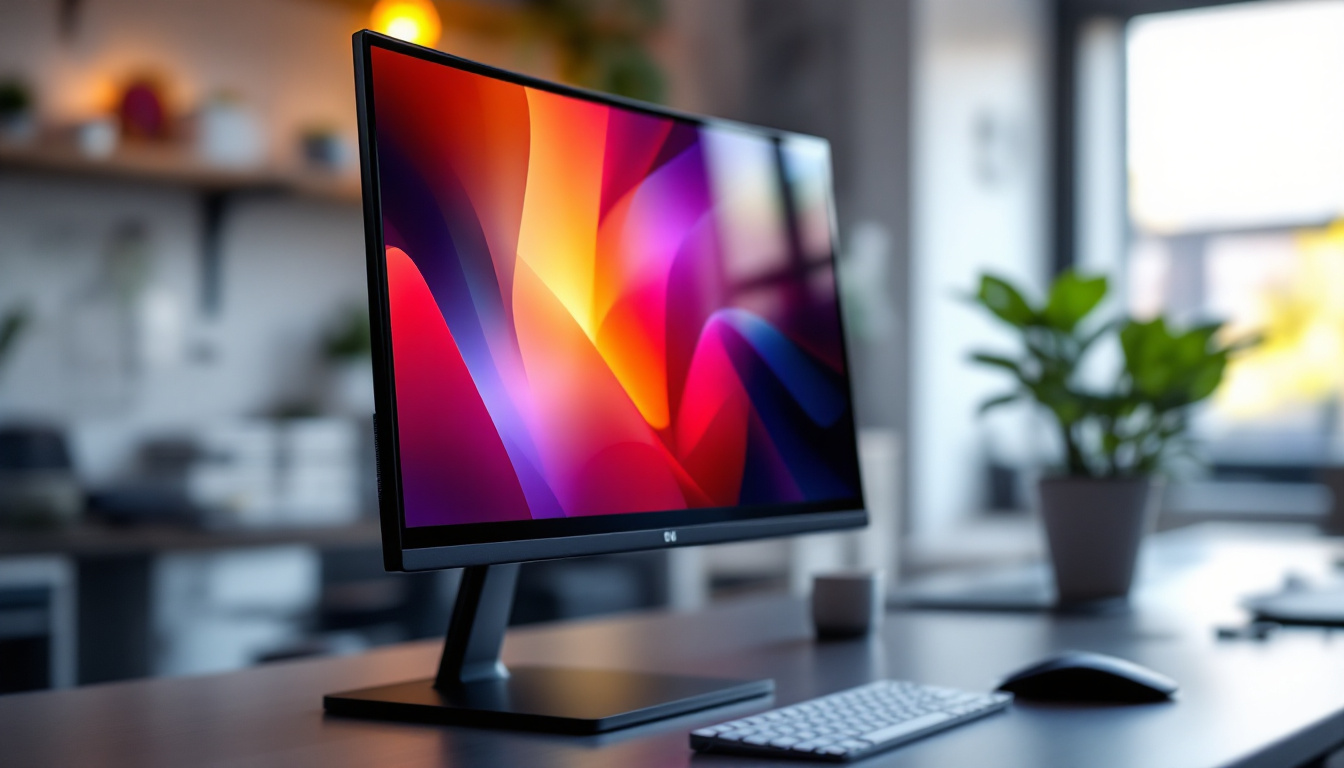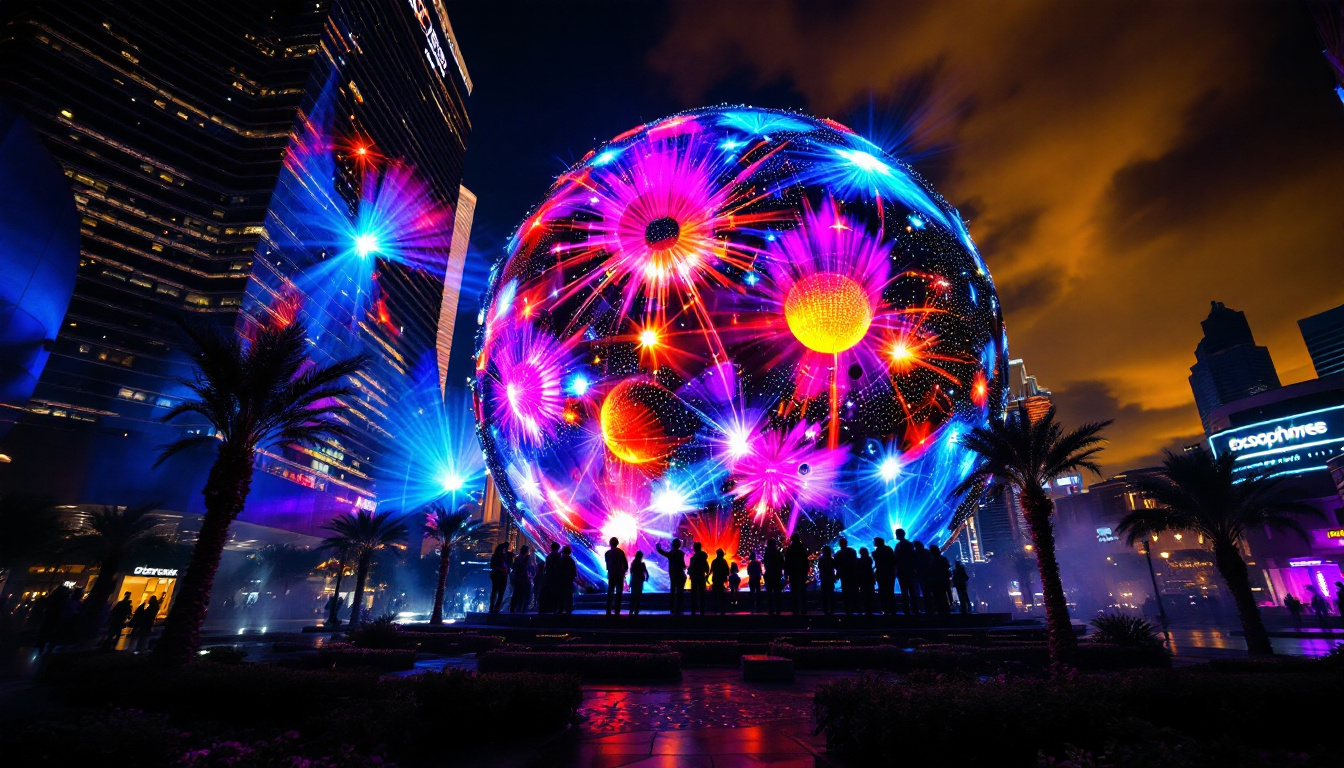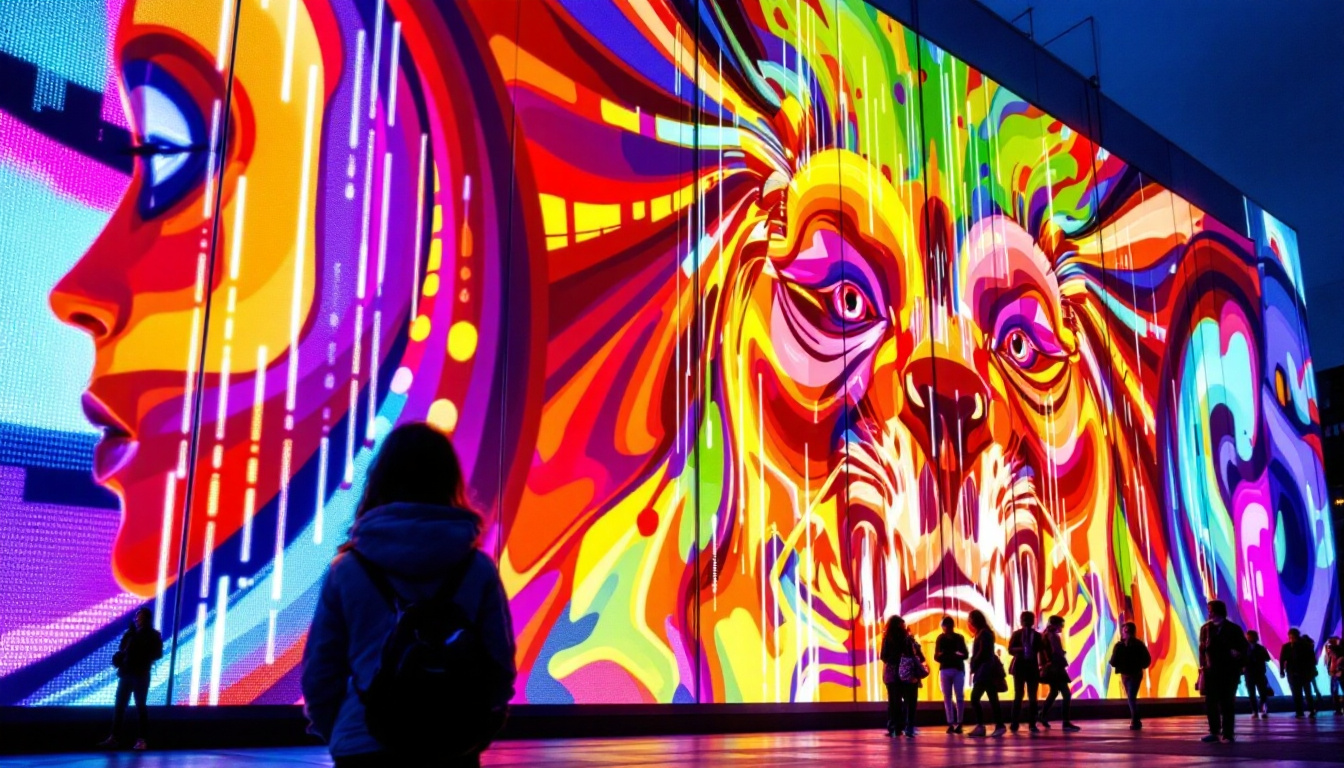Out of home (OOH) advertising has evolved dramatically over the past decade, with LED displays becoming one of the most dynamic and impactful formats in the industry. From bustling city centers to highway billboards, LED technology is transforming how brands capture attention and engage audiences beyond traditional media channels. This article explores the nuances of LED display advertising, showcasing examples, benefits, and best practices to help marketers harness this powerful medium effectively.
Understanding LED Displays in Out Of Home Advertising
LED, or Light Emitting Diode, displays are digital screens that use semiconductor technology to emit light. Unlike static billboards, LED displays offer vibrant colors, high brightness, and the ability to cycle through multiple ads or dynamic content in real time. These qualities make them particularly suited for outdoor environments where visibility and adaptability are crucial.
Modern LED displays vary in size and resolution, from small digital signage units in retail stores to massive roadside billboards stretching hundreds of feet. Their modular design allows for scalable installations, often customized to fit unique architectural or spatial constraints. This flexibility means that businesses can create eye-catching displays that not only fit their branding but also enhance the surrounding environment, turning ordinary spaces into engaging visual experiences.
Key Features of LED Displays
Some of the defining characteristics of LED displays in OOH advertising include:
- Brightness and Visibility: LED screens can reach brightness levels exceeding 5,000 nits, making them easily visible even in direct sunlight.
- Dynamic Content: Advertisers can rotate multiple messages, incorporate animations, and update content remotely, allowing for timely and relevant campaigns.
- Energy Efficiency: Advances in LED technology have improved energy consumption, making these displays more sustainable compared to older digital signage formats.
- Durability: Designed to withstand outdoor conditions such as rain, wind, and temperature fluctuations, LED displays maintain performance over extended periods.
Furthermore, LED displays can be integrated with various technologies such as sensors and cameras, enabling interactive advertising that engages passersby. For instance, facial recognition technology can tailor content based on the demographics of the audience, ensuring that the right message reaches the right people at the right time. This level of interactivity not only enhances user engagement but also provides advertisers with valuable data analytics, allowing them to refine their strategies for maximum impact.
Additionally, the rise of smart cities is paving the way for more innovative uses of LED displays. As urban areas become increasingly connected, LED screens can serve as vital information hubs, providing real-time updates on traffic conditions, public transport schedules, and emergency alerts. This dual functionality of advertising and public service not only maximizes the utility of LED displays but also fosters a sense of community by keeping citizens informed and engaged with their surroundings.
Why LED Displays Are Revolutionizing Out Of Home Advertising
The rise of LED displays in OOH advertising is not merely a technological trend but a strategic evolution driven by changing consumer behavior and marketing demands. Several factors contribute to their growing prominence:
Enhanced Engagement Through Visual Impact
Traditional static billboards rely on a single, unchanging image. In contrast, LED displays can present vivid, moving visuals that naturally attract the human eye. Studies show that dynamic digital billboards can increase ad recall by up to 47% compared to static counterparts. This heightened engagement translates into stronger brand awareness and higher conversion rates. The immersive quality of LED displays not only captivates passersby but also encourages social sharing, as people are more likely to photograph and post visually striking ads on social media platforms. This organic promotion further amplifies the reach of the advertisement beyond its physical location.
Flexibility and Real-Time Content Updates
One of the most significant advantages of LED displays is the ability to update content instantly. This flexibility enables advertisers to tailor messages based on time of day, weather conditions, or current events. For example, a coffee brand might promote hot beverages during chilly mornings and iced drinks in the afternoon, optimizing relevance and effectiveness. Furthermore, this adaptability allows brands to respond to trending topics or local happenings, ensuring that their messaging remains timely and resonant. During major sporting events, for instance, local businesses can capitalize on the excitement by displaying promotions that align with the event, creating a sense of community and engagement.
Data-Driven Advertising and Interactivity
LED displays can integrate with sensors, cameras, and mobile technologies to deliver personalized or context-aware ads. Some installations use facial recognition or demographic data to adjust content dynamically, creating more meaningful interactions. This level of sophistication allows marketers to maximize ROI by targeting specific audience segments in real time. Additionally, interactive features such as QR codes or touch screens can further enhance user engagement, inviting consumers to participate in contests, access exclusive offers, or learn more about products directly from the display. This two-way interaction not only enriches the consumer experience but also provides valuable data for advertisers to refine their strategies and improve future campaigns.
Examples of Effective LED Display Campaigns
Examining real-world examples helps illustrate the potential of LED displays in OOH advertising. The following campaigns highlight diverse applications across industries and environments.
Times Square, New York: The Pinnacle of LED Advertising
Times Square is arguably the most iconic location for LED advertising worldwide. Its towering digital billboards host some of the most creative and high-profile campaigns, leveraging the area’s immense foot traffic and global visibility. For instance, Samsung’s 2018 “The Wall” campaign featured a massive modular LED display showcasing ultra-high-definition content that captivated millions of viewers daily.
This campaign demonstrated how LED technology can blend art and advertising, with seamless video playback and immersive visuals that elevated the brand’s image.
Highway Digital Billboards: Dynamic Messaging for Commuters
Along major highways, LED billboards offer a unique opportunity to reach drivers and passengers with timely information. A notable example is a campaign by a national insurance company that used real-time weather data to display tailored messages. During storm warnings, the billboard would show safety tips and promote their emergency services, while on clear days, it shifted to brand awareness messaging.
This approach not only increased engagement but also positioned the brand as a helpful and responsive partner, enhancing consumer trust.
Retail Storefronts: LED Displays Driving Foot Traffic
Retailers have embraced LED displays to boost in-store visits and sales. A leading fashion brand installed high-resolution LED screens in their flagship stores, cycling through new arrivals, promotions, and social media feeds. The dynamic content created an inviting atmosphere and encouraged passersby to enter and explore.
Data from these stores showed a 25% increase in foot traffic during campaign periods, underscoring the effectiveness of LED displays in retail environments.
Best Practices for Designing LED Display Advertisements
Creating compelling content for LED displays requires a blend of creativity, technical understanding, and strategic planning. The following best practices can help advertisers maximize impact:
Keep It Simple and Bold
Given the often brief viewing time—especially for roadside billboards—messages should be clear and easy to digest. Use bold fonts, high-contrast colors, and minimal text to ensure readability from a distance. Visuals should be striking but not overwhelming.
Leverage Motion and Animation Wisely
While motion can attract attention, excessive animation may distract or confuse viewers. Use subtle transitions and purposeful movement to highlight key messages without causing visual fatigue.
Optimize for Viewing Conditions
Consider factors like ambient light, viewing angles, and typical audience distance. Adjust brightness and color saturation accordingly to maintain visibility and comfort. For example, displays in sunny outdoor locations require higher brightness settings than those in shaded urban areas.
Plan Content Rotation Strategically
When displaying multiple ads, sequence them to maintain viewer interest and avoid repetition fatigue. Incorporate time-sensitive content to keep the messaging fresh and relevant. Additionally, synchronize campaigns across multiple locations for broader brand consistency.
Challenges and Considerations in LED OOH Advertising
Despite their many advantages, LED displays come with challenges that advertisers and operators must navigate.
High Initial Investment and Maintenance
Installing large-scale LED displays can require significant capital expenditure. Additionally, ongoing maintenance is essential to ensure optimal performance, including cleaning, repairs, and software updates. However, many advertisers find that the increased engagement and flexibility justify these costs over time.
Regulatory and Environmental Constraints
Local regulations may restrict the brightness, size, or placement of LED billboards to minimize light pollution and driver distraction. Compliance with these rules is critical to avoid fines or forced removal. Environmentally, although LEDs are energy-efficient, operators should consider renewable energy sources and smart controls to reduce carbon footprints.
Content Management Complexity
Managing dynamic content across multiple LED displays requires robust software platforms and skilled teams. Ensuring timely updates, quality control, and data security can be resource-intensive but is vital for campaign success.
The Future of LED Displays in Out Of Home Advertising
As technology advances, LED displays are poised to become even more integral to OOH advertising strategies. Emerging trends include:
Integration with Augmented Reality (AR) and Artificial Intelligence (AI)
Combining LED displays with AR can create immersive experiences that blur the line between physical and digital worlds. AI-driven analytics will enable hyper-targeted content delivery, optimizing engagement and conversion rates.
Smarter, Sustainable Installations
Innovations in materials and energy management will lead to greener LED solutions. Solar-powered displays and adaptive brightness controls are examples of how sustainability is becoming a priority.
Greater Interactivity and Personalization
Future LED billboards may incorporate gesture recognition, mobile device integration, and personalized messaging based on real-time data, offering unprecedented levels of consumer interaction.
Conclusion
LED displays represent a transformative force in out of home advertising, offering unparalleled visual impact, flexibility, and engagement opportunities. By understanding the technology’s capabilities and challenges, marketers can craft compelling campaigns that resonate with diverse audiences in a rapidly evolving media landscape. As LED technology continues to advance, its role in shaping the future of outdoor advertising will only grow stronger, making it an essential tool for brands looking to stand out in today’s competitive environment.
Discover LumenMatrix’s Innovative LED Solutions
Ready to elevate your brand’s presence with the visual power of LED displays? LumenMatrix is at the forefront of LED display technology, offering a wide array of solutions that bring your advertising to life. From Indoor and Outdoor LED Wall Displays to specialized options like Vehicle, Sports, and Floor LED Displays, our products are designed to captivate and engage your audience. Embrace the future of visual communication with our Custom, All-in-One, and Transparent LED Displays. Experience the difference that cutting-edge technology can make. Check out LumenMatrix LED Display Solutions today and transform your out of home advertising strategy.

